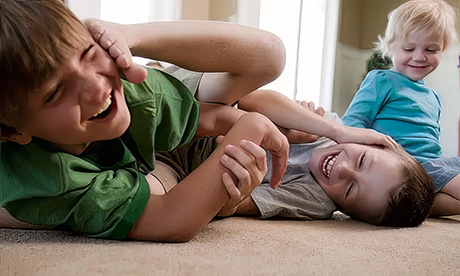According to a new breakdown of Australian census statistics, Catholics have smaller families, are better educated and more diverse than ever, but are also older and are less likely to be married.
The 2021 social profile of the Catholic community in Australia, prepared by the National Centre for Pastoral Research from census data released last year, gives a bird’s eye view of Australia’s Catholic population.
It also charts how much has changed in the last quarter century. In 1996, Australia’s 4.8 million Catholics were 27 per cent of our total population.
In 2011 our population peaked at 5.4 million, before falling to 5.07 million in 2021—only 20 per cent of the country.
The median age has also risen significantly in the same time period, from 33 to 43 years, and the Catholic population is now slightly more female than male, at 53 per cent.
The days of large Catholic families are also behind us, with around 2 per cent of married couples having four or more children, and only 10 per cent with three or more.
The number of people never married has remained stable for the last 25 years, at around 33 per cent, as has the number of single parent families, at around 11 per cent.
But the divorce and separation rate among Catholics has risen from 8.9 percent to 11.7 percent in 2021, ironically higher than the national average of 10.6 per cent.
The number of de facto couples in which at least one person identifies as Catholic has risen from 10.1 to 17.7 per cent since 1996, as has the percentage of couples of mixed religion, from 53 to 58 per cent.
Australia’s Catholic population has become much more diverse, with a fifth of all Catholics in Australia born in a non-English-speaking country.
The top five overseas birthplaces for Catholics were the Philippines, Italy, the UK, India and NZ; recent arrivals were most likely to come from Colombia, Iraq, the Philippines, Brazil and Argentina.
One in five Catholics spoke a language other than English at home, and three per cent aren’t proficient in English at all.
We are receiving more education than ever before, with the percentage of Catholics with a university education rising from 9.7 to 24.6 per cent in the last 25 years.
Our educational profile is reflected in the prevalence of women in “white collar” management or professional jobs (39 vs 35 per cent of men), while men still fill the bulk of “blue collar” trades jobs (45 vs 12 per cent).
Nearly 21 per cent of all Australian school students attend Catholic schools. Catholic students make up 63 per cent of Catholic primary, and 58.7 per cent of secondary students.
“Knowing the people who make up the Catholic population helps dioceses, parishes and other Catholic ministries better understand and serve their communities,” said Australian Catholic Bishops Conference president Archbishop Timothy Costelloe SDB.
“The statistics in this report confirm what we are seeing in our parish communities – that they are becoming more and more culturally and linguistically diverse.
The census statistics, from which the report was compiled, only measure religious identification and not practice or belief.
In 2021 the Catholic Church was the single largest religious affiliation in Australia, at 20 per cent.
Christianity as a whole fell below 50 per cent for the first time at the 2021 census, and “no religion” rose to a new peak of 38.9 per cent.
- Adam Wesselinoff is Deputy Editor of the Catholic Weekly.
- First published in The Catholic Weekly. Republished with permission.
